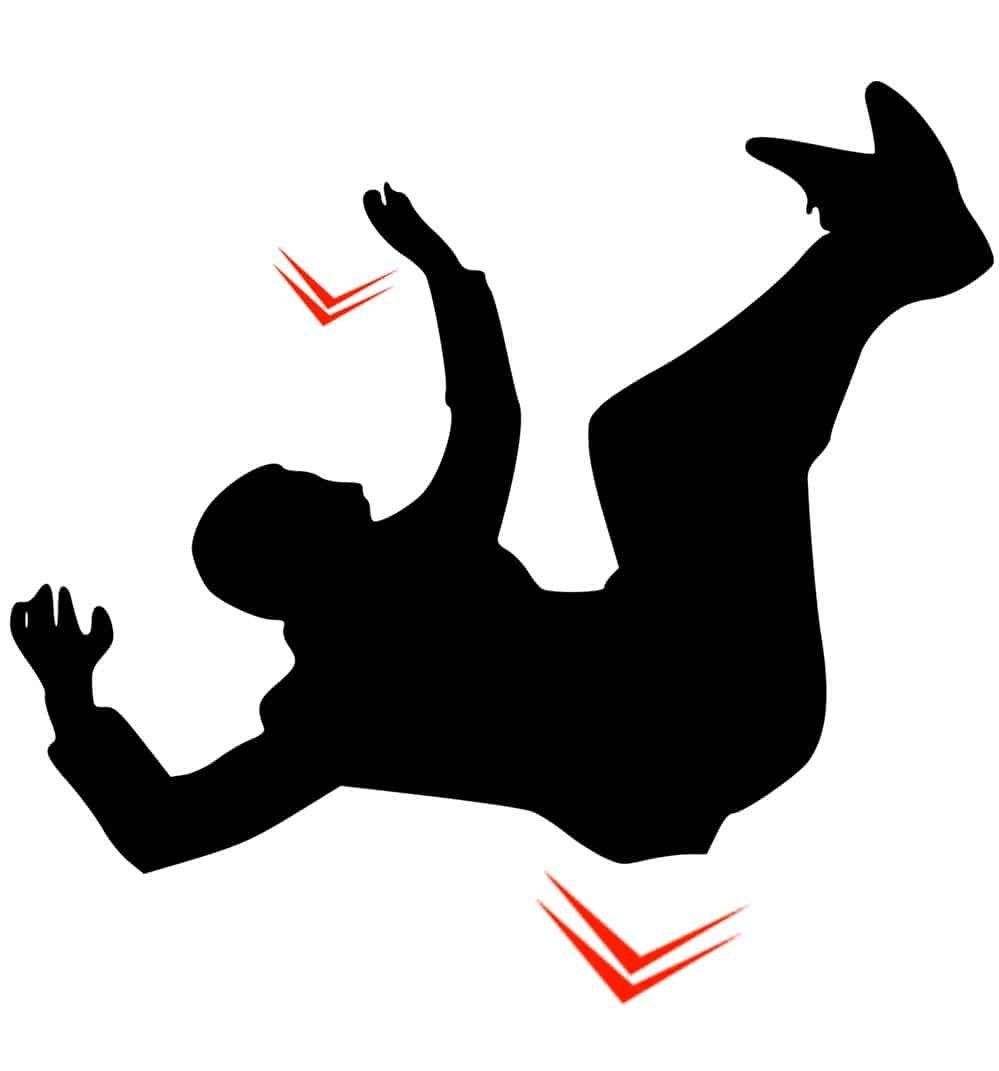Nerve Discomfort Care Through Non-Invasive Approaches
Nerve irritation can arise from structural influences such as spinal disc changes, muscular tension, or postural imbalances. This article explores non-surgical approaches for managing nerve-related concerns, emphasizing research-enhanced strategies including chiropractic care, physiotherapy-based rehabilitation, and spinal decompression techniques.
Understanding nerve function is essential for addressing conditions such as sciatic nerve irritation, carpal tunnel syndrome, and thoracic outlet syndrome. These conditions often result from nerve compression due to structural misalignment, muscular tightness, or degenerative changes. Symptoms may include tingling, numbness, burning sensations, or altered limb mobility. Early recognition and a structured care plan focusing on spinal alignment, mobility enhancement, and nerve decompression can help long-term nerve health.
Targeted chiropractic methods that avoid high-force, rotational movements can aid in spinal stability without placing excessive strain on sensitive structures. Physiotherapy-based strategies, including postural correction, myofascial release, and controlled movement programs, further contribute to nerve function optimization. Enhanced rehabilitation technologies such as High-Intensity Laser Therapy (HILT) and spinal decompression therapy may assist in alleviating nerve pressure while promoting tissue recovery.
A comprehensive assessment is critical for identifying the specific factors contributing to nerve irritation. Addressing these concerns through structured, non-invasive approaches can help maintain nerve function, mobility, and overall spinal health. Research highlights the benefits of conservative methods in reducing nerve compression, minimizing reliance on invasive procedures. By integrating chiropractic care, physiotherapy, and rehabilitation technology, individuals can pursue evidence-based strategies that manage optimal nerve health while reducing long-term complications.
Top 3 Points
Key Points for Effective Nerve Discomfort Care:
- Non-invasive care methods such as chiropractic and physiotherapy.
- Focus on the root causes of nerve discomfort for long-term relief.
- Evidence-based approach for safer, effective nerve care.
Contact Us Today for Nerve Discomfort Care at CSC
At Chiropractic Specialty Center (CSC), we are dedicated to providing effective, non-invasive options for nerve discomfort care. If you’re experiencing nerve-related issues and want to explore a holistic approach, our team is here to help. We specialize in chiropractic care, physiotherapy, and rehabilitation methods that target the root cause of discomfort and promote long-term relief without the need for injections or surgery.
Our experts will assess your condition and create a personalized care plan designed to restore proper function, improve mobility, and reduce discomfort. With nearly three decades of experience, we pride ourselves on offering a safe, gentle, and evidence-based approach to spinal and joint health.
Don’t let nerve discomfort affect your quality of life any longer. Contact us today to schedule a consultation, and take the first step toward a pain-free, healthier you. Contact us now!
Strengthen Your Understanding of Nerve Function at Our Free Nervous System Health Talk
Recurring nerve discomfort can be confusing, but understanding how your nervous system works brings clarity. At our Free Nervous System Health Talk in Kuala Lumpur, you will learn how your brain, spine, and posture connect to everyday comfort and coordination. The talk turns complex nerve science into simple, practical insights you can use to care for your body with confidence.
Causes of Nerve Irritation and Non-Surgical Approaches
This article explores structured, non-invasive methods for managing nerve-related concerns. Chiropractic Specialty Center® has been managing individuals with nerve-related conditions for over 15 years, utilizing integrated technologies and targeted care approaches to promote optimal nerve function.
Recognizing Nerve Irritation
Nerve-related concerns may present as sensations such as burning, tingling, numbness, or heaviness in affected areas. The intensity of these symptoms can vary, ranging from mild to more persistent cases. Regardless of severity, addressing the underlying causes through structured, non-invasive care is essential.
Since nerve irritation can develop from multiple factors, a personalized approach to care helps recovery and long-term function.
Understanding Nerve Irritation and Neurological Function

Nerve-related concerns may arise from sudden injuries, such as falls, car accidents, or sports-related incidents. However, they can also develop gradually due to lifestyle factors such as prolonged sitting, postural imbalances, or other structural influences.
Neuropathy refers to changes in nerve function that may affect mobility or sensation. Some of the most common symptoms include:
- Upper and Lower Extremity
- Sensitivity or irritation in the arms, legs, hands, or feet
- Tingling, migraines, ringing in the ears (tinnitus), heaviness, or changes in movement patterns
A structured care plan focusing on the root cause of nerve irritation can help improve mobility and function.
Understanding Nerve Compression and Structural Influence

Nerve-related discomfort may occur when surrounding tissues such as muscles, ligaments, or bones place pressure on nerve pathways. Even minor compression may contribute to altered nerve function.
Common conditions linked to nerve-related concerns include:
- Sciatic nerve irritation
- Spondylolisthesis
- Degenerative spinal changes
- Vertebral misalignment
Targeted, non-invasive methods can help manage spinal function and mobility while addressing contributing factors to nerve irritation.
Sciatic Nerve Irritation and Leg Discomfort
Sciatic nerve concerns may result in sensations extending from the lower back to one or both legs. The sciatic nerve originates in the lower spine and travels down the legs, influencing movement and sensation.
Individuals experiencing sensations such as numbness, tingling, or weakness in the thighs or legs may benefit from a structured care plan that focuses on addressing contributing spinal or muscular factors.
Potential Contributors to Sciatic Nerve Irritation:
- Vertebral misalignment
- Structural disc changes
- Muscular tightness in the gluteal, piriformis, or hamstring muscles
A structured chiropractic and physiotherapy-based approach may help manage sciatic nerve function and mobility.
Carpal Tunnel Syndrome (CTS) and Nerve Function
Carpal tunnel syndrome (CTS) is a nerve-related condition that may cause tingling, burning sensations, or altered hand mobility. It results from pressure on the median nerve, which controls wrist, hand, and finger function.
Over time, prolonged nerve compression in the wrist may influence hand coordination and strength. Addressing carpal tunnel concerns early may help reduce potential long-term effects on wrist mobility.
Understanding Thoracic Outlet Syndrome and Nerve Compression
The thoracic outlet is a narrow passage in the lower neck where nerves and blood vessels travel between the first rib and collarbone (clavicle). In thoracic outlet syndrome (TOS), one or more nerves in the brachial plexus or nearby blood vessels may experience compression, influencing mobility and function.
The Role of the Brachial Plexus
The brachial plexus is a collection of nerves that extend from the mid and lower neck to control movement and sensation in the shoulders, arms, elbows, wrists, and fingers. These nerves pass through the thoracic outlet before reaching the upper limbs.
Potential Effects of Thoracic Outlet Syndrome:
- Nerve Sensitivity: Compression of the brachial plexus may lead to changes in sensation in the chest, upper back, arms, and hands.
- Muscular Influence: Tension in the neck or chest muscles may contribute to nerve sensitivity.
- Common Symptoms: Tingling, numbness, weakness, or altered mobility in the shoulders, arms, or hands.
Thorough assessment is important to determine the specific location of nerve sensitivity and guide a structured care plan.
Nerve Irritation and Structural Changes in Spinal Discs
Nerve sensitivity is often linked to spinal disc changes, commonly referred to as slipped discs. The terms bulging disc, herniated disc, and prolapsed disc all describe variations in disc structure.
Common Locations for Spinal Disc Changes:
- Cervical Spine (Neck): Structural changes in neck discs may influence nerve function in the arms and hands.
- Lumbar Spine (Lower Back): Disc-related changes in this region may contribute to nerve irritation in the lower limbs.
How Spinal Discs Affect Nerve Sensitivity:
- Disc Expansion: Bulging or protruding discs may reduce space for spinal nerves.
- Compression Effects: Pressure from a slipped disc may lead to sensations such as tingling, burning, numbness, or weakness.
Non-Surgical Methods for Helping Nerve Function
A well-structured care plan should focus on identifying the source of nerve sensitivity and assisting spinal function.
Common Strategies for Addressing Nerve Concerns:
- Targeted Chiropractic Methods: Helps spinal alignment with controlled, non-rotational techniques.
- Physiotherapy-Based Care: Strengthens assisting muscles to enhance spinal stability.
- Spinal Decompression Approaches: Utilizes integrated technology to alleviate nerve pressure.
A thorough assessment of muscles, joints, ligaments, tendons, and nerves is essential for developing a personalized approach to spinal health.
Comprehensive Nerve Function Assessments
Evaluating nerve-related concerns requires a detailed neurological and orthopedic assessment to determine contributing factors.
- Structural Analysis: Examining muscles, joints, and spinal function.
- Mobility Evaluation: Identifying movement limitations or nerve-related symptoms.
- Personalized Care Plans: Tailored strategies to care for long-term nerve health.
Yama Zafer, D.C. – Nerve Discomfort Care Without Injections or Surgery
Yama Zafer, D.C., with an educational background in physiotherapy and chiropractic from Cleveland Chiropractic University, has spent nearly three decades specializing in physiotherapy and chiropractic care. Read more about Y. Zafer on his official bio page. Y. Zafer Bio.
Peer-Reviewed References (Medical Citations)
- Smith, A. M., & Jones, B. R. (2020). Non-invasive treatments for musculoskeletal disorders: A systematic review. Journal of Chiropractic & Manual Therapies.
- Davis, M. L., & Thomas, G. S. (2019). The role of physiotherapy in managing nerve discomfort: Evidence-based practices. Journal of Physical Rehabilitation.
- Choi, K. W., & Lee, H. C. (2021). Spinal manipulation for nerve-related discomfort: An overview of the evidence. Journal of Manipulative and Physiological Therapeutics.
- Wang, J. X., & Zhang, Y. D. (2018). Rehabilitation strategies for nerve irritation: A clinical guideline. Journal of Rehabilitation Research & Development.
- Turner, M. J., & Davis, A. R. (2020). Impact of chiropractic care on nerve irritation and spinal alignment. Journal of Chiropractic Research & Practice.
- Cooper, S. L., & Collins, P. H. (2022). Non-invasive approaches for chronic nerve irritation: Physiotherapy and rehabilitation in focus. Journal of Pain Management & Therapy.
- Roberts, P. L., & Johnson, D. R. (2020). Non-rotatory methods in chiropractic for managing nerve-related discomfort. International Journal of Chiropractic Studies.
Last Updated
Last updated: June 11, 2025. Non-Surgical Approaches for Nerve Irritation: A Structured, Evidence-Based Perspective


I need treatment
Dear Sohel,
We will be glad to offer your treatments. Please contact our main center on 03 2093 1000 or WhatsApp us on 0172691873 to set an appointment with one of our seven centers in the Klang Valley. Please contact Malaysia’s top chiropractors & physiotherapists for more information about our services and locations.